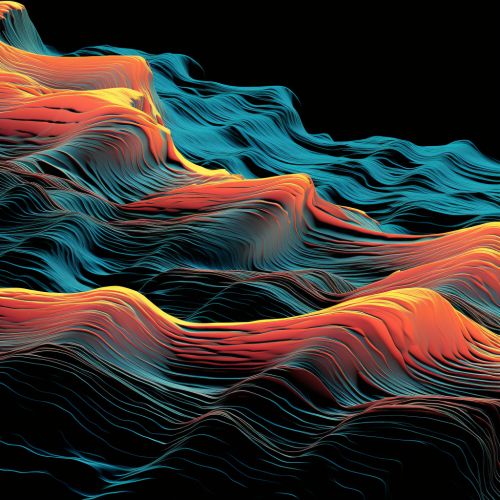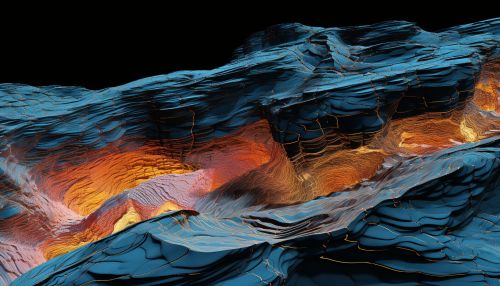Frequency-domain Optical Coherence Tomography
Introduction
Frequency-domain Optical Coherence Tomography (FD-OCT) is a non-invasive imaging technique that provides high-resolution, cross-sectional images of biological tissues. It is based on the principle of interferometry, and uses a broad-spectrum light source to capture micrometer-resolution, three-dimensional images from optical scattering media.


Principle
FD-OCT operates on the principle of interferometry, where light from a broad-spectrum source is split into two beams - a sample beam and a reference beam. The sample beam is directed towards the tissue to be imaged, while the reference beam is directed towards a mirror. The light reflected back from the sample and the reference mirror is recombined, and the resulting interference pattern is detected and processed to generate a depth-resolved image of the tissue.
Types of FD-OCT
There are two main types of FD-OCT: Spectral-domain OCT (SD-OCT) and Swept-source OCT (SS-OCT).
Spectral-domain OCT
SD-OCT uses a spectrometer to measure the interference spectrum, and a Fourier transform is applied to extract depth information. This type of FD-OCT offers high sensitivity and allows for high-speed imaging, making it suitable for applications such as ophthalmology and dermatology.
Swept-source OCT
SS-OCT, on the other hand, uses a tunable laser source to sweep across a range of wavelengths. The interference signal is detected as a function of time, and a Fourier transform is applied to obtain depth information. SS-OCT can provide deeper penetration into tissues, making it ideal for applications such as cardiology and gastroenterology.
Applications
FD-OCT has a wide range of applications in medical imaging, due to its ability to provide high-resolution, cross-sectional images of tissues in real-time.
Ophthalmology
In ophthalmology, FD-OCT is used to image the retina and the anterior segment of the eye. It can help in the diagnosis and monitoring of diseases such as glaucoma, macular degeneration, and diabetic retinopathy.
Dermatology
In dermatology, FD-OCT can be used to image skin lesions and determine their depth and margins, which can aid in the diagnosis and treatment of skin cancers.
Cardiology
In cardiology, FD-OCT can be used to image the coronary arteries and assess the severity of atherosclerotic plaques. This can help in the planning and guidance of interventions such as angioplasty and stent placement.
Gastroenterology
In gastroenterology, FD-OCT can be used to image the gastrointestinal tract and detect abnormalities such as ulcers, tumors, and inflammation.
Advantages and Limitations
FD-OCT offers several advantages over other imaging techniques. It provides high-resolution, cross-sectional images of tissues in real-time, allowing for the detection and monitoring of diseases at an early stage. It is also non-invasive and does not require the use of ionizing radiation or contrast agents.
However, FD-OCT also has some limitations. The depth of penetration is limited, especially in tissues with high scattering properties. The image quality can also be affected by motion artifacts, especially in in vivo imaging.
